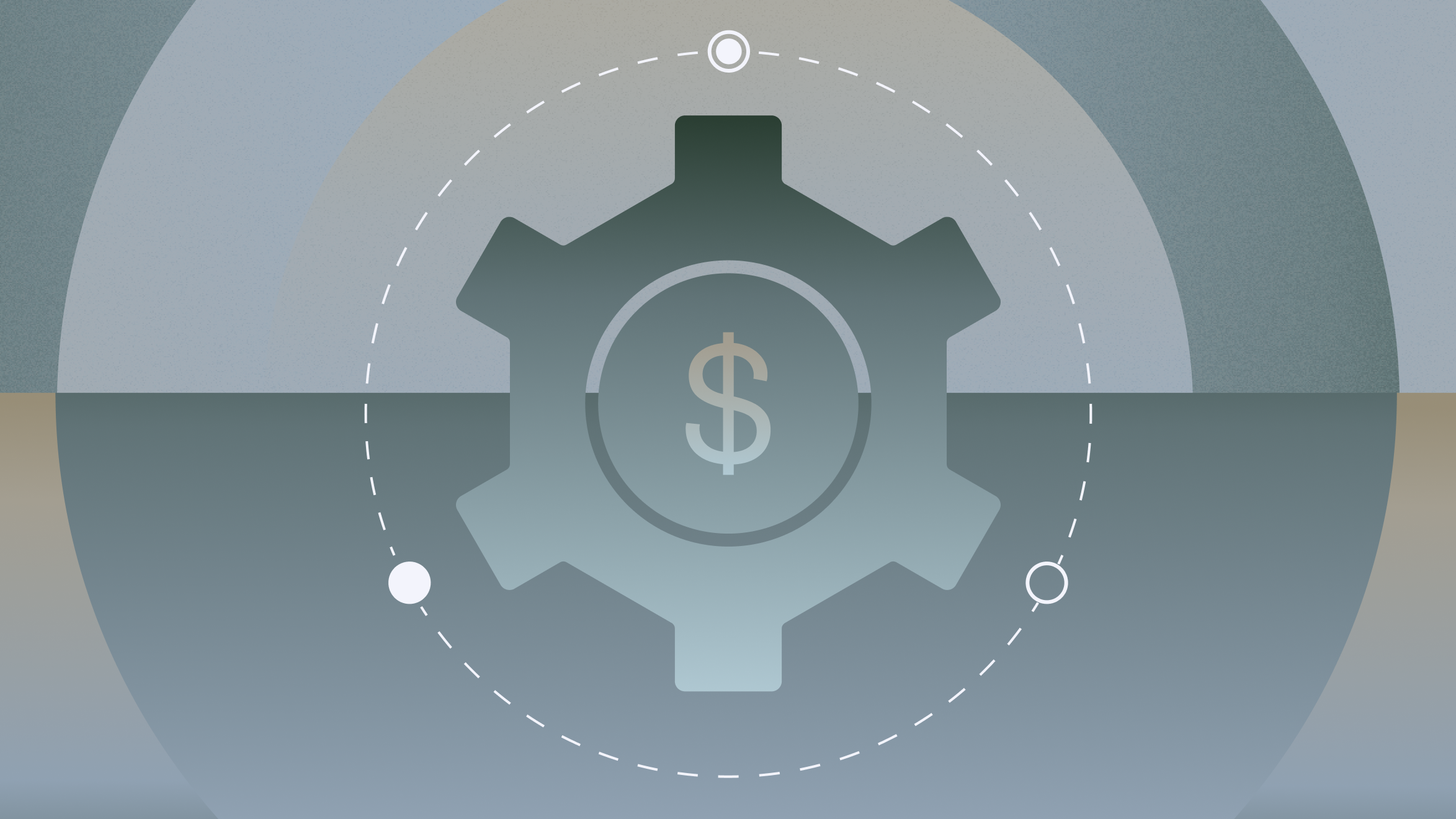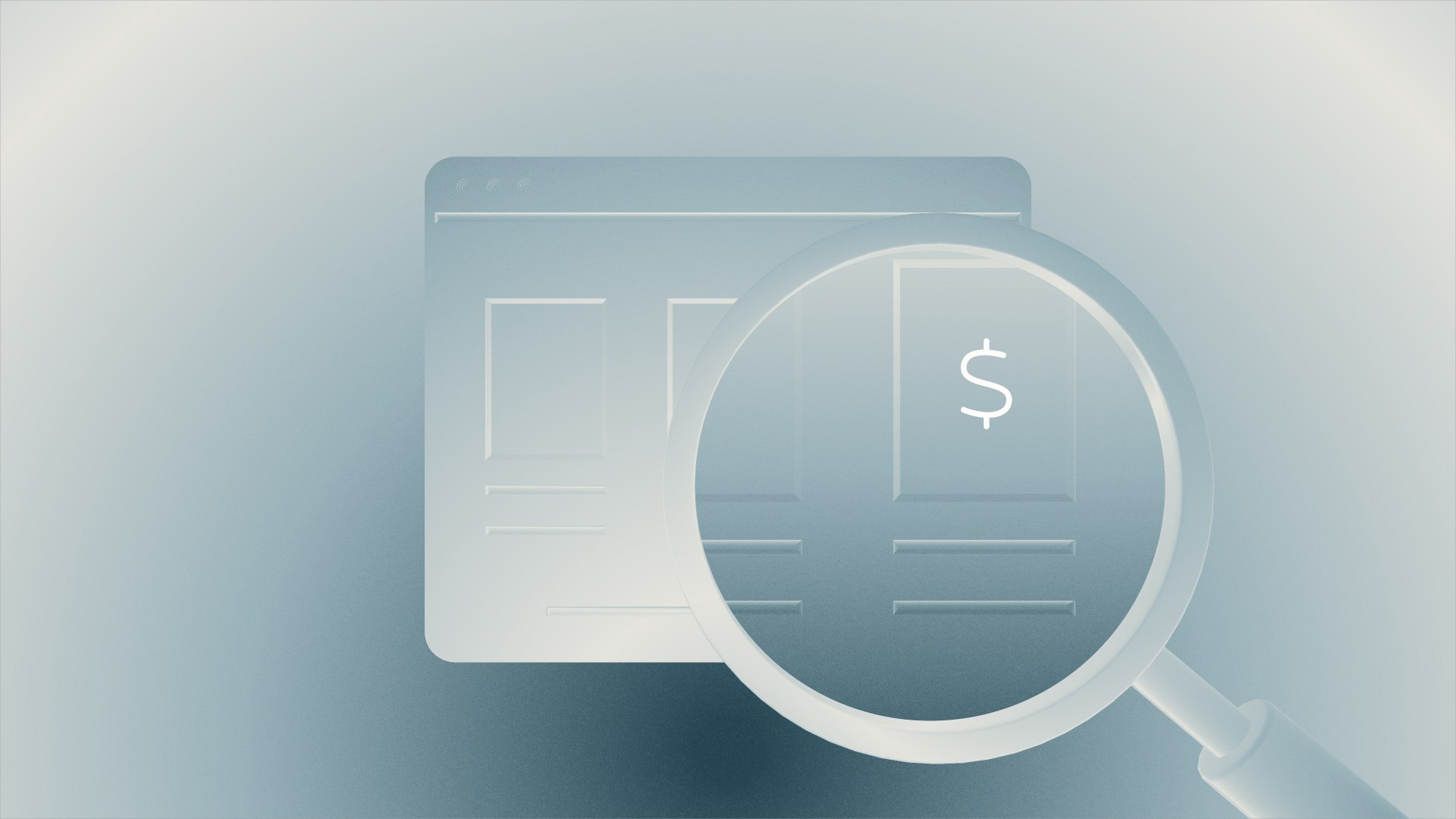Strategies to manage your cash conversion cycle

As a founder, you’re responsible for managing your short-term liquidity needs — to pay your bills, weather inconsistent or seasonal months, and set aside rainy day funds to mitigate unforeseen expenses.
But how exactly can you measure and improve your company’s financial health? You can start by understanding the timing and magnitude of your cash inflows and outflows. Specifically, we’re talking about your cash conversion cycle (CCC), a critical metric that can tell you how quickly you convert investment outflows into cash in your bank.
In this article, we’ll explain how you can calculate your cash conversion cycle, key factors that impact your results, and most importantly, strategies to improve your short-term financial health.
What is the cash conversion cycle?
Whether you’re running an ecommerce startup or a physical brick-and-mortar store, you’ve likely had to finance some inventory well before your customers purchase and pay you for it. This is par for the course for companies that sell physical goods, but mismatched timing between your cash outflows and eventual cash inflows can cause financial stress on your business. To mitigate some of the risk associated with your cash flow timing, business leaders closely monitor their cash conversion cycle.
Your cash conversion cycle measures the days your company takes to turn its investments in inventory (or services for service-based businesses) into actual cash in the bank. A shorter CCC generally indicates that your capital is not tied up for extended periods — meaning you can deploy funds faster, improve your short-term liquidity, and fuel future growth.
To understand your CCC, we’ll need to break it down into three components:
- Days inventory outstanding (DIO): How many days on average it takes to turn inventory into sales.
- Days sales outstanding (DSO): How many days on average it takes to collect customer payments after a sale.
- Days payable outstanding (DPO): How many days on average it takes for your business to pay its suppliers.
DIO and DSO represent cash inflow components; the lower each of these metrics is, the quicker your business can convert your initial inventory investments into cash by selling and collecting funds from your sales. On the other hand, DPO measures the timing of your cash outflows — the longer you can hold onto your cash before paying your suppliers, the more opportunity you have to use those funds for short-term investments or liquidity needs. However, a high DPO could signal a red flag that you cannot pay your suppliers on time.
What is the CCC formula?
Calculating your CCC follows a pretty straightforward formula:
CCC = DIO + DSO – DPO
Before we can calculate our CCC, we need to find the values of our DIO, DSO, and DPO and plug them into our formula.
Here are the three formulas for each of the three CCC components we need:
Days inventory outstanding (DIO)
DIO = Average inventory / Cost of goods sold per day
Days sales outstanding (DSO)
DSO = Average accounts receivable / Revenue per day
Days payable outstanding (DPO)
DPO = Average accounts payable / Costs of goods sold per day
Calculating these three components independently shows us where in the cash conversion cycle we can focus our attention and work to improve.
What impacts the CCC?
There are several factors in your CCC that impact your DIO, DSO, or DPO.
- Inventory management: Holding too much inventory increases DIO, tying up cash. Conversely, too little inventory can lead to lost sales, so finding a balance is key.
- Credit terms with customers: Longer payment terms can push up DSO, delaying cash inflows.
- Payment terms with suppliers: Longer payment terms from your suppliers can increase DPO, effectively reducing your overall CCC.
- Industry norms and business model: A negative cash conversion cycle may be more common for certain business models where customers pay upfront (for example, subscription-based businesses), while a positive cash conversion cycle is more likely in industries with expensive upfront inventory investments and slow sale conversions (like, manufacturing and automotive companies).
Understanding your formula output
Once you calculate your CCC, you’ll end up with a number of days — which will be either positive, zero, or even negative. Here’s how you can interpret what your formula output means to your business:
- Positive CCC: A positive result indicates that it takes a certain number of days for cash outflows to convert back into inflows. This is the most likely scenario if your business deals with physical inventory. Certain strategies, which we'll discuss below, can potentially reduce the magnitude of your CCC output.
- Zero CCC: A result of zero means your inflows match your outflows in perfect sync. While a CCC of zero in practice is somewhat uncommon to match your cash outflows and inflows perfectly, some businesses that come close to a zero CCC include dropshipping ecommerce companies or digital marketplaces like Fiverr and Upwork — as these companies typically get paid by customers and initiate the cash outflow quickly.
- Negative CCC: If your cash conversion cycle is negative, that means you’re receiving customer payments faster than you’re paying your bills. This scenario is ideal for many businesses — capital isn’t tied up for long, and you have more freedom to invest in growth or weather fluctuations. Certain ecommerce companies accepting pre-order payments or with favorable supplier payment terms, or service providers with subscription-based businesses, can often see negative cash conversion cycles.
You may wonder, “What is a good cash conversion cycle?” The reality is that what’s considered “good” varies by industry, company size, and growth model. An ecommerce business with high inventory turnover might aim for a very low or even negative CCC, while a traditional manufacturer might have a longer one but still be considered healthy within its sector.
A practical example of a company’s CCC
Imagine a small online retailer, Sunshine Apparel, that sells eco-friendly clothing. Let’s break down their cash conversion cycle using realistic figures:
Days inventory outstanding (DIO)
Sunshine Apparel has an average inventory worth $50,000 and an annual cost of goods sold (COGS) of $365,000.
Cost of goods sold per day = $365,000 annual COGS ÷ 365 days = $1,000/day
DIO = Average Inventory ÷ COGS per day = $30,000 ÷ $1,000 = 30 days
What this means: On average, Sunshine Apparel holds inventory for 30 days before it’s sold.
Days sales outstanding (DSO)
Sunshine Apparel offers customers net-30 payment terms. On average, customers take 20 days to pay their invoices.
Average accounts receivable = $15,000; daily revenue = $1,500
DSO = Average accounts receivable ÷ Revenue per day = $15,000 ÷ $1,500 = 10 days
What this means: It typically takes 10 days for Sunshine Apparel to receive payments from customers.
Days payable outstanding (DPO)
Sunshine Apparel negotiates net-20 payment terms with suppliers.
Average accounts payable: $15,000
COGS per day: $1,000 (same as above)
DPO = Average Accounts Payable ÷ COGS per day = $15,000 ÷ $1,000 = 15 days
What this means: Sunshine Apparel takes an average of 15 days to pay suppliers.
Now, let's calculate the full cash conversion cycle (CCC)
CCC = DIO + DSO – DPO
CCC = 30 days + 10 days – 15 days = 25 days
This means Sunshine Apparel takes about 25 days, on average, to turn its inventory investments into cash. By evaluating and optimizing each part of this equation — such as negotiating better payment terms or streamlining receivables — the company could shorten this timeline, freeing up cash to weather business cycles or reinvest in growth.
How to improve your company’s CCC
If you’re struggling to pay for certain short-term investments because it’s taking longer to get paid by your customers, you can seek to improve your CCC in several ways. Ultimately, your goal is to increase the amount of time you have to pay for vendors or inventory, and shorten the time it takes for you to be paid by your customers.
Below are some practical tips to optimize each step that’s involved in your cash conversion cycle:
Optimize inventory management
- Use data to forecast demand: By investing in cash flow forecasting tools, you can not only project high-demand periods, but also estimate when low months will happen — avoiding over-investing in inventory and not being able to convert into sales quickly.
- Negotiate vendor terms: Some suppliers might offer vendor-managed inventory or flexible ordering schedules, helping reduce the days you hold inventory.
Streamline your receivables
- Set clear payment terms: If you extend too-generous payment terms to customers, your DSO will increase. Instead, consider standardizing net-30 or shorter terms. You could also consider moving to an upfront payment model depending on what’s appropriate for your industry.
- Offer multiple payment options: Make it easy for customers to pay you — online payment portals, business credit cards, and recurring billing can expedite how quickly you receive funds.
- Automate invoice reminders: If you are operating on an invoicing model, timely follow-ups can significantly reduce late payments.
Negotiate favorable payables terms
- Extend payables sensibly: Longer payment periods can improve your CCC, but be mindful of supplier relationships. Finding the right balance between maintaining a healthy relationship and optimizing how long you have to pay for inventory or services can help you extend your DPO while cementing long-term partnerships.
- Look for early payment discounts: In some cases, paying early can reduce your total costs — though it’s important to evaluate whether this trade-off is worthwhile compared to holding onto cash longer.
Consider short-term financing options
- Working capital loan: A short-term loan or line of credit can help bridge gaps between buying inventory and receiving payment.
- Use a business credit card strategically: By timing purchases on a credit card, you might gain extra days to pay off the balance, effectively adjusting your DPO and improving your cash flow.
Managing your cash conversion cycle is all about timing: how quickly you can convert inventory into revenue and how well you negotiate terms with both customers and suppliers. By calculating your cash conversion cycle equation regularly — evaluating DIO, DSO, and DPO — your startup or small business can improve its cash flow, strengthen its financial position, and be better prepared to handle growth opportunities.
Related reads

How to reduce operating expenses

Shopify Balance review: Pros, cons, and alternatives for ecommerce companies

Structuring your finances in preparation for a big fundraise
